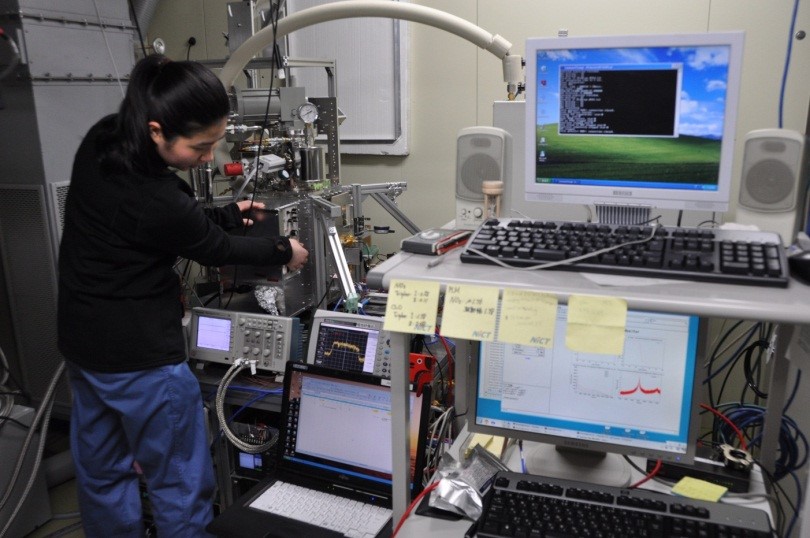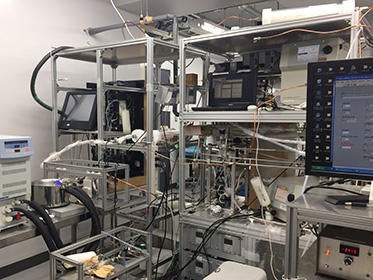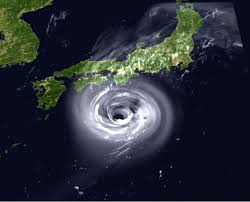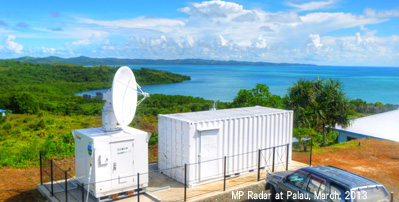Division for Meteorological and Atmospheric Research
The Earth is the only planet in the solar system that enjoys a diversity of nature and the prosperity of lives. This remarkable environment is a great fortune brought by a miraculous coincidence of a range of favorable physical conditions. In particular, the terrestrial atmosphere plays many important roles. In addition to atmospheric oxygen crucial for the vast majority of lives, greenhouse gases such as water vapor and carbon dioxide help maintain the mild climate today. Water vapor is transformed further into clouds and precipitation and eventually provides us with fresh water we all rely on. Stratospheric ozone protects our lives on Earth from harmful ultraviolet radiation.
At the same time, we should be aware that such merciful roles of the atmosphere may be in unstable balance. The ongoing global warming due to an increase of carbon dioxide and other greenhouse gases will not only result in a gradual climate change but may lead to an intensification of weather extremes and ecological catastrophes, and is therefore a highly threatening problem that could undermine the society on a global scale. Among the most urgent tasks for us to better confront the global environmental problems is to closely monitor the atmosphere by various means of observations and better understand the atmosphere through theoretical insights and numerical modeling.
 |
 |
 |
The Meteorological and Atmospheric Research Division of the Institute for Space-Earth Environmental Research is dedicated to a number of research projects for exploring the atmosphere from a range of different angles, inheriting the knowledge and experiences from our former institutes, that is, the Solar-Terrestrial Environmental Laboratory and Hydrospheric Atmospheric Research Center.

Our research activities include measurements of trace gases such as greenhouse gases and ozone depleting substances by millimeter-wave and infrared interferometry, observations of cloud and precipitation by multi-parameter radars and hydrometer video-sondes, and analyses of the properties and behavior of atmospheric aerosols using advanced techniques, such as aerosol mass spectrometry, as well as the development of instrumental technologies employed for these studies. Other examples are satellite data analysis aimed at clarifying the tropical atmospheric dynamics and the strategy building for exploiting observations to improve numerical simulations.
Links
- Mizuno Lab(Mizuno, Nagahama, and Nakajima)
- Takahashi Lab (Takahashi)
- Lab of Meteorology(Tsuboki, Shinoda, and Ohigashi)
- Masunaga Lab(Masunaga)
- Mochida Lab (Mochida and Ohata)


